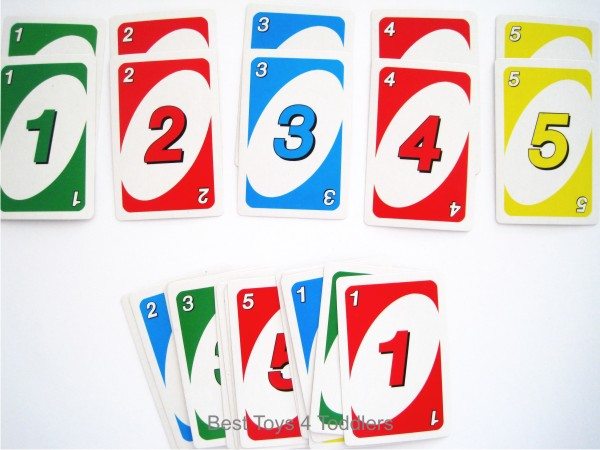My current passion revolves around indulging in anime. From the epic world of One Piece to the supernatural mysteries of Jujutsu Kaisen, the characters within these series offer a captivating glimpse into various lifestyles and personalities they portray in their daily lives.
Surprisingly, one can learn a lot about anime characters based on their approach to finances, encompassing everything from their leisurely spending habits to their creditworthiness and the purposes for which they secure loans.
ART OF FINANCIAL CONTROL (My Hero Academia)
In the realm of My Hero Academia, Ochaco Uraraka, also known as Uravity, emerges as a character whose financial acumen is well beyond her years. Hailing from a family where every yen is cherished, Ochaco never had the luxury of extravagance. Her parents frequently struggled to find stable employment, a situation that made her value every cent.
Ochaco’s prudent approach to money management is commendable. She refrains from reckless spending and has set a noble goal of using her future earnings as a pro hero to support her parents, in gratitude for their sacrifices. Her explanation of this plan leaves her friends Izuku and Tenya deeply impressed.
FINANCIAL OVERSIGHT IN THE MIDSET OF WAR (Berserk)
Within the dark and gritty world of Berserk, the cunning knight commander, Griffith, assumes the monumental responsibility of overseeing the intricate financial aspects of commanding a mercenary army. Sustaining such a formidable force demands substantial resources, as Casca once elucidated to Guts.
Although the anime doesn’t delve into this aspect in detail, it is evident that Griffith dedicated countless hours to meticulously managing the Band of the Hawk’s finances, steering clear of imprudent choices that could have led to its bankruptcy. His financial prowess is an essential facet of his leadership.
VIRTUE OF PATIENT SAVING (Laid-Back Camp)
Laid-Back Camp presents a delightful slice-of-life anime featuring high school girls with a shared love for camping. However, funding their camping adventures is entirely their responsibility, prompting characters like Nadeshiko and her friends to become financially savvy.
Nadeshiko, in particular, sets an example of patience and diligence by securing a part-time job to meticulously save for high-quality camping gear, despite its substantial cost. Her prudent financial strategy quickly pays off, and she takes pride in her ability to save for potential upgrades, such as a larger tent or a better sleeping bag.
EARNING THE HARD WAY (Fruits Basket)
Tohru Honda, the central figure in Fruits Basket, mirrors the responsible financial approach seen in characters like Ochaco and Misaki. Having limited financial resources, she appreciates the value of her earnings and abstains from frivolous expenditures, in honor of her late mother’s teachings.
Tohru dedicates herself to part-time work after school, striving to support herself independently. This determination and financial responsibility, shaped by the loss of her parents, exemplify her wisdom beyond her years.
PERPETUAL GROWTH IN FINANCES (Mob Psycho 100)
Anime characters, like real-life individuals, continuously evolve and improve. This progression might encompass mastering new techniques, gaining insights into opponents, or addressing personal weaknesses.

Image Credits: unsplash.com
In Mob Psycho 100, the protagonist, Mob, initially appears as an unassuming and weak individual. However, beneath his unremarkable exterior lies unparalleled psychic abilities. Mob’s indifference to his powers and his awareness that they don’t guarantee a fulfilling life exemplify his maturity. He understands that genuine personal growth extends beyond supernatural talents and that true fulfillment transcends external validation.




